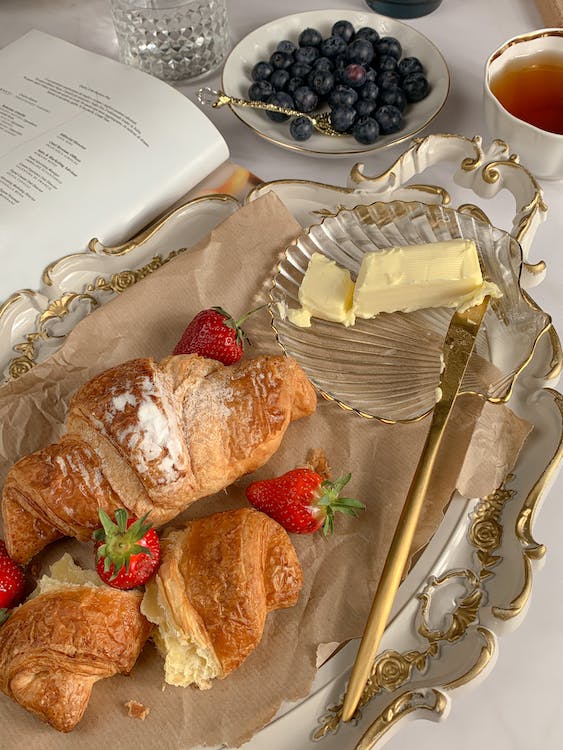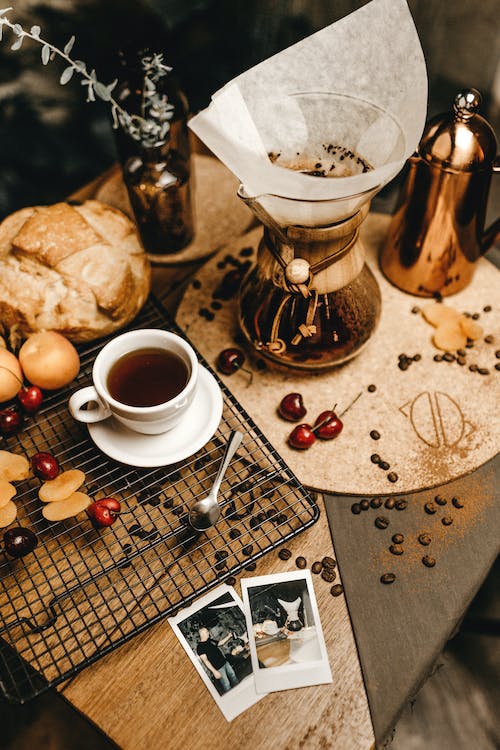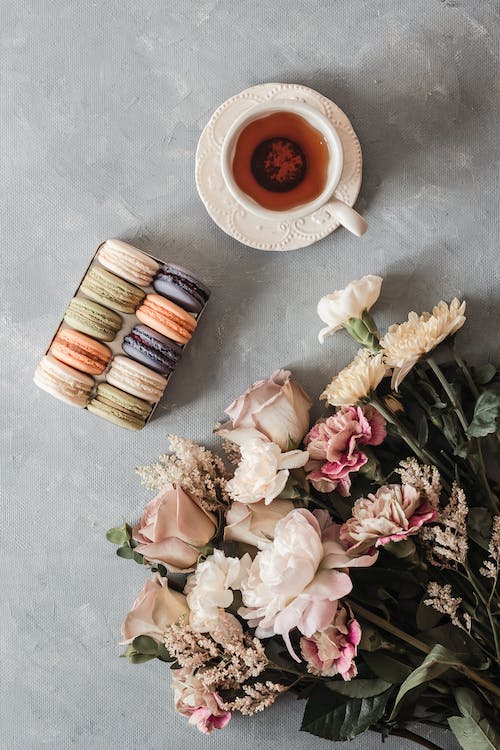The term “high” has been added to the phrase “high tea” to distinguish it from afternoon tea, which is often consumed while lounging in the garden or on low, cozy parlor chairs, from the worker’s after-work high tea, which is consumed at the table while sat on high back dining chairs. Even if working patterns have changed once again, many homes now refer to the evening meal as supper. In working-class households today, the evening meal is still frequently referred to as “tea.”
Due to busy schedules, many people no longer have time to enjoy scones and cakes in the late afternoon, so they now reserve this tradition for special occasions and holidays. Many Britons still take the time to sit and appreciate the decorum and decency of this most charming of English eating rituals because it is still distinctly British, but not on a regular basis.
The history of afternoon tea makes it obvious that in the 19th century, it was a luxury enjoyed only by the wealthy. In newly industrialized Britain, employees had to wait until after work to have tea. By that time, tea was typically served alongside heartier meals that included much more than just tea and pastries. After a long day of work, workers needed to eat, therefore the post-work meal was often hot and full of a pot of good, strong tea to lift their spirits.
High tea is a British ritual when guests enjoy tea and a variety of plated foods such as cold cuts, vegetables, pickled fish, potatoes, salads, pies, tarts, baked bread or crackers with butter, teacakes, and fruitcakes while seated in high-backed chairs at a table. It is essentially supper, and in working-class areas of England today, the name “tea” refers to a meal that is served between 5 and 7 p.m. and includes tea.
The adjective “high” distinguishes it from a related custom of afternoon tea, where the tea is served on “lower” tables and furniture. Even though they have a common element in the pouring of hot tea, afternoon tea, and high tea are typically not interchangeable.
To attract tourists looking for a refined take on the time-honored tradition, many upscale hotels in the US and the UK now offer high tea, which combines elements of afternoon tea. This service includes hot pots of tea and a large food buffet with a variety of crustless “tea sandwiches” in flavors like egg and watercress, cucumber, smoked salmon, and coronation chicken.
Why is it called “high tea”?
The fact that this meal was had at a table may be the reason why it was known as high tea. On the other hand, afternoon tea was consumed while seated on low, cozy seats or sofas. Naturally, the upper classes quickly created their own variety and gave it the name “high tea.” Being so simple to make, it was a supper that could be had even when their attendants were absent or unavailable. Afternoon tea and high tea were combined for the higher class “high tea,” which also included pigeons, veal, fish, and fruit.
It is crucial to note that the menu for modern British afternoon tea, known as high tea, is popular across the rest of the world. Due to the high percentage of foreign visitors to their establishments, certain hotels, including The Ritz in London, market their afternoon tea as “High tea in London.”
In addition to serving afternoon tea, some locations also provide a special high tea menu that includes savory foods including Welsh Rarebit, English muffins, pies, and omelets.
Things you did not know about high tea
1. High tea was invented by Anna, Duchess of Bedford
The custom of “high tea” or “afternoon tea” was first introduced by Queen Victoria’s lifelong friend Anna, Duchess of Bedford, in the 1840s in England, where it has its roots.
Around four o’clock in the afternoon, the Duchess would start to become hungry and request that a tray of tea, bread and butter, and cake be delivered to her room. Her nibbling behavior gradually became a habit, then a chic social activity.
2. “Pinkies up” is a faux pas
Contrary to widespread opinion and countless movie allusions, raising your pinkie finger while drinking tea is an unfriendly gesture. In addition to being improper, “pinkie finger up” makes it harder to grip your teacup.
The proper way to hold a teacup is with your pinkie down, two fingers curved through the handle, and your thumb perched on top.
3. Opulent tea rooms first appeared in Australia in the 1880s
During the colonial era, English practices like afternoon tea had a significant impact on Australian culture.
Due to this, lavish tea houses that served tea along with daintier delights like tea sandwiches, scones, and miniature cakes began to spring up all throughout Australia in the late 19th century.
The design of these tea rooms is where the contemporary Australian concept of high tea originated.
4. Queen Elizabeth indulged in a high tea daily
Despite being the monarch with the longest reign, Her Majesty shows no signs of slowing down or forgoing her afternoon high tea custom.
Queen Elizabeth would have finger sandwiches for tea with smoked salmon and cucumber. Of course, she would drink some freshly made Earl Grey tea and, if she is feeling indulgent, a scone or a piece of cake.
5. According to Her Majesty, it is jam first, then cream for scones
The best technique to top a scone has been a topic of contention in the high tea community for many years, if not decades. Some insist that jam comes first, followed by cream, while others are adamant that jam comes first, then cream.
There is no one better to decide the argument than Queen Elizabeth herself, given that she often has high tea. Her Majesty asserts that jam should be spread on scones before topping them with cream.
6. The dos and don’ts of high tea
High tea has its own specific protocol, just like a nice dining experience. There are certain fundamental regulations that should not be bent, even though some rules are more forgiving than others.
The following should be kept in mind:
- Never begin eating before everyone has received their meal.
- Use a fork if servers are not given and refrain from using your fingers to take food from the tower.
- Never put your spoon back in the cup; always set it down on the saucer.
- Sip your tea while gazing into the cup rather than over it. It is more courteous.
Conclusion
A late afternoon or early evening meal called a high tea often consists of prepared food, bread & butter, and tea.



